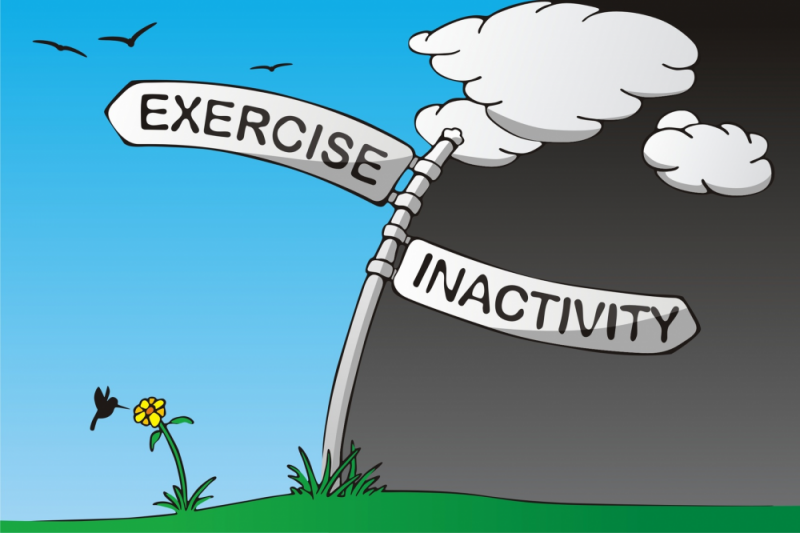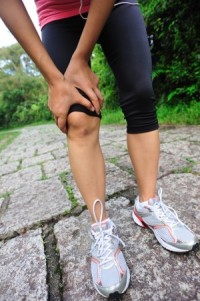There is overwhelming evidence that exercise has very wide-ranging health benefits, and many health professionals argue that the absence of regular exercise is the biggest public health issue of our time. Most of us recognise that smoking, diabetes and obesity are bad for our health. “Smokadiabesity” is a slightly humorous word sandwich term that has been coined to describe the serious situation when all three factors coexist in an individual, and few would argue that the prognosis for such a diagnosis appears grim. What may surprise many is that when a large population was studied in the Aerobics Centre Longitudinal Study (very large study based in Dallas, Texas- where patients have been followed since 1970), it was found that individuals were at greater risk of premature death due to lack of regular physical activity than “smokadiabesity.” This has profound implications for us all. It is obviously important that traditional parameters such as weight, blood pressure, cholesterol etc. are measured, but it is just (if not more) important that we measure how much physical activity we take, and make improvements if we are below par! The minimum recommended is 30 minutes of walking 5/week, according to Professor Steven Blair, University of South Carolina, who is considered a leading expert in the field of exercise and health.
At IONA Physiotherapy, we are passionate about the importance of exercise in maintaining health. We can help if you need an injury treated so that you can get back to your activity/sport, or if you need advice on just getting started! Whichever end of the spectrum your fitness lies, remember that exercise is definitely good for you, exercise is medicine.



